Who Controls the User Experience? AMD’s Carrizo Thoroughly Tested
by Ian Cutress on February 4, 2016 8:00 AM EST#5 The Lenovo Y700 (Carrizo, FX-8800P + R9 385MX)
The Y700 pre-release unit we had access to didn't have a battery, or a wireless module. But it did have a ‘neat’ trick compared to the other APUs in this test, in that it is the 35W model of the AMD FX-8800P, which adds a bit more frequency in exchange for some additional power draw. Moving to 35W affords some benefits we’ll go into in a bit, although for some odd reason Lenovo didn’t take them here.
| Lenovo Y700 (Carrizo) Specifications | |
| Size and Resolution | 15.6-inch, 1920x1080 IPS |
| Processor | AMD FX-8800P (35W) Dual module, 4 threads 2.1 GHz Base Frequency 3.4 GHz Turbo Frequency |
| Graphics | Integrated R7 512 Shader Cores 800 MHz maximum frequency GCN 1.2 AMD R9 385MX Discrete GPU with 2GB GDDR5 512 Shader Cores 900-1000 MHz Core, 1200 MHz Memory GCN 1.2 Dual Graphics Not Available in Drivers |
| TDP | Chassis: 15W CPU: 35W |
| Memory | 16 GB in Single Channel Operation 2 x 8GB at DDR3L-1600 C11 Single Channel ONLY |
| Storage | 256GB Sandisk |
| Battery Size | None in our model 80Wh with 4 cell Li-ion design otherwise |
| WiFi | None in our model 802.11ac M.2 otherwise |
| Optical Drive | Optional |
| Dimensions | 15.24 x 10.91 x 1.02-inch 38.7 x 27.7 x 2.60 cm |
| Weight | 5.72 lbs 2.6 kg |
| Webcam | 1280x720 with array microphones |
| Ports | Memory Card Reader HDMI 2 x USB 3.0 + 1 x USB 2.0 Ethernet |
| Operating System | Windows 10 Home |
| Website Link | link |
The Y700 here is paired with a discrete graphics card, AMD's Radeon R9 385MX, which offers 512 streaming processors. The FX-8800P processor also has R7 graphics and 512 SPs at 800 MHz, and in theory one might think that these two automatically work with each other in dual graphics mode – but this design is not set up that way. So for this design, the user is paying for almost the same graphics design twice (though the discrete card has access to much faster memory), but one is essentially disabled or only comes on when the discrete card is shut off. Arguably one might postulate that the active idle power of the integrated graphics is lower than that of the discrete, but it seems expensive just for the sake of a few hundred mW. There could be another reason in display support, but it still seems odd. The user can however manually choose to invoke whichever graphics solution they wish from the Catalyst menu.
Another element of the design worth questioning is the memory. Carrizo as a platform does support dual channel memory, but it shares a design structure with Carrizo-L (Puma+) which is single channel only. As a result, a number of OEMs have designed one motherboard for both platforms, which means all Carrizo under that design are limited to single channel operation, reducing performance for the sake of some PCB design. This is an aspect we’ll get on to later, but it means that the Y700 has access to 16GB of DDR3L-1600 CAS 11 but in single channel mode. The fact that it is DDR3L-1600, even though Carrizo supports DDR3-2133, is another angle to tackle on how such a design can have performance issues.
For the other specifications, the Y700 gets a 1920x1080 IPS screen, a 256 GB Sandisk SSD and some Wi-Fi in an M.2 form factor. I say ‘some’ Wi-Fi, purely because our pre-production unit didn’t have any.
This low quality image of the insides shows the dual fan design for the 35W APU and discrete graphics, and we can confirm we didn’t see any throttling during our testing. The two memory modules, despite being part of a single channel design, sit on the right below the slim hard drive which we replaced with the 256 GB Sandisk SSD. There is also an M.2 slot next to this, though I believe this is SATA only, supporting form factors up to 2280.
Next to the M.2 slot is the bass speaker. The Y700 has an extra vent at the bottom for better sound, rather than muffled in a chassis:
The keyboard we had in our model was a mix English/Japanese variant, though the red backlight was easy to see through.
Brett actually has the Skylake variant in for testing, so I'll let him mull over the design a bit more, but on the sides:
The left gets a charging point, a USB 3.0 port, a multi card reader and a headphone jack. On the right are two more USB ports, a HDMI port, an expanding Ethernet port and a Kensington Lock hole.
Y700 Specific Testing
In the case of the display, out of those we tested it actually comes best in terms of color accuracy. While I don’t have a spectrophotometer to show you exactly in numbers, the colorimeter graph does the business:
Here red and blue are pretty much dead on accurate, but green is straying too low. The panel gives a good 1032 contrast ratio, with 0.216 nits at low brightness and 223 nits at peak. The peak isn’t very high, which might be a bit concerning in bright lights.
One of the downsides to these configurable TDP processors is that the ‘max TDP’ string doesn’t change. It is up to the OEM to do the firmware adjustments, but chances are they won’t open it up to regular users in case someone wants to put 35W through a chassis only designed to handle 15W. The way to tell is in the peak frequencies, and this one goes to eleven 3.4 GHz.
For the discrete GPU, we get 2 GB of dedicated memory and, thanks to the use of GDDR5, much greater bandwidth than just relying on DDR3 alone. The ‘CrossFire available’ message means that GPU-Z recognizes that the CPU and GPU can be both put to work together, but for whatever reason the drivers did not allow it when we tested.


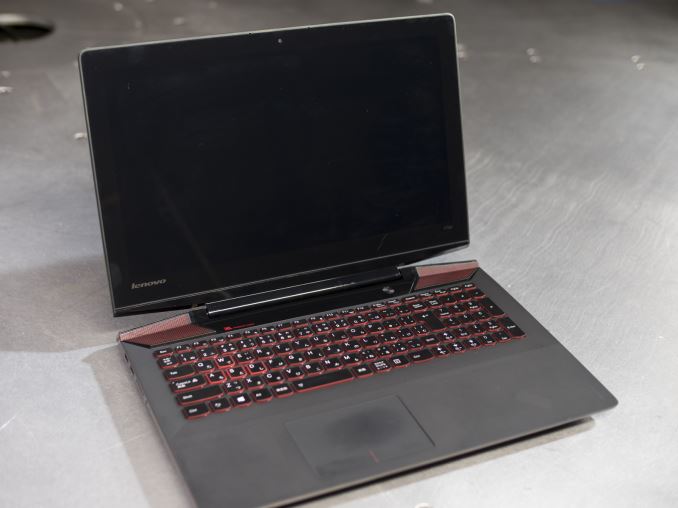






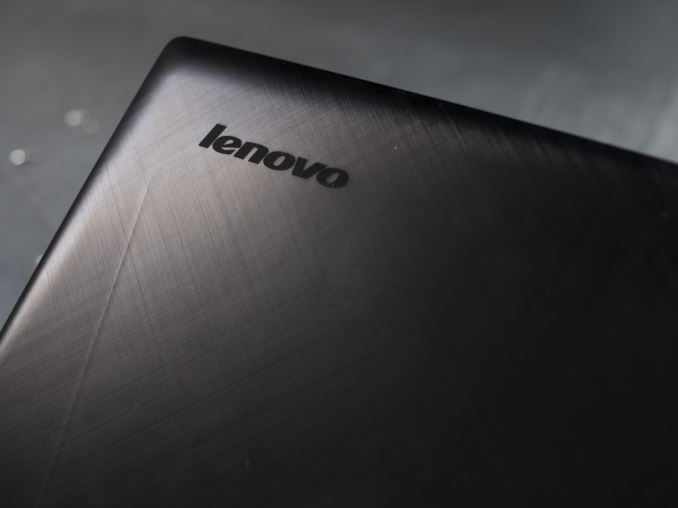
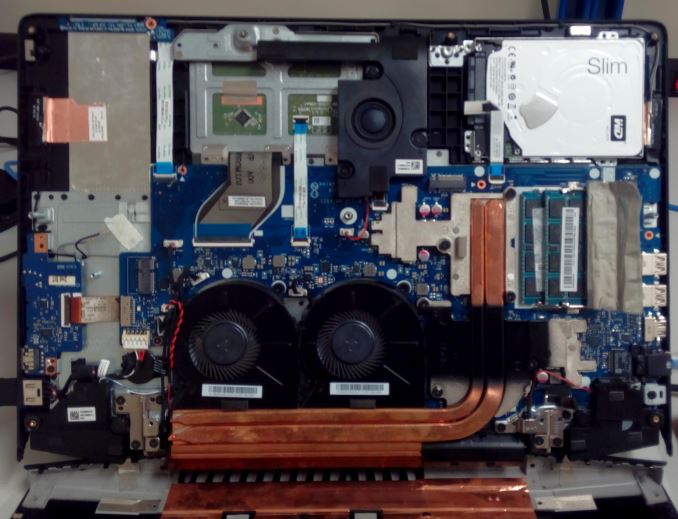
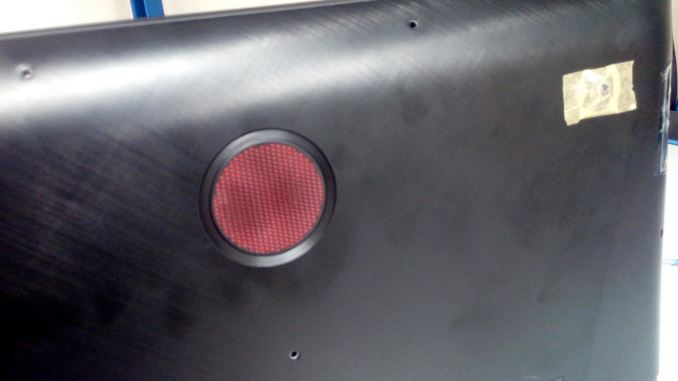
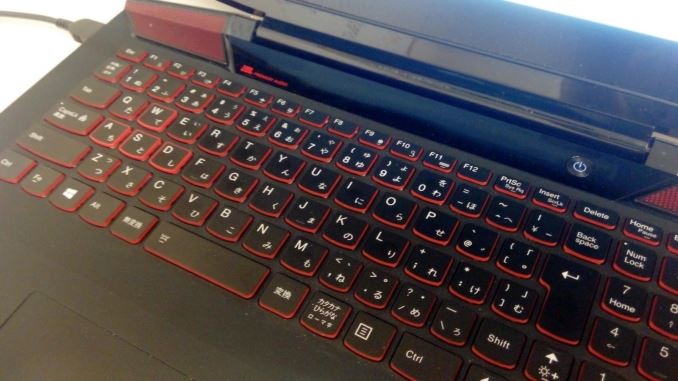

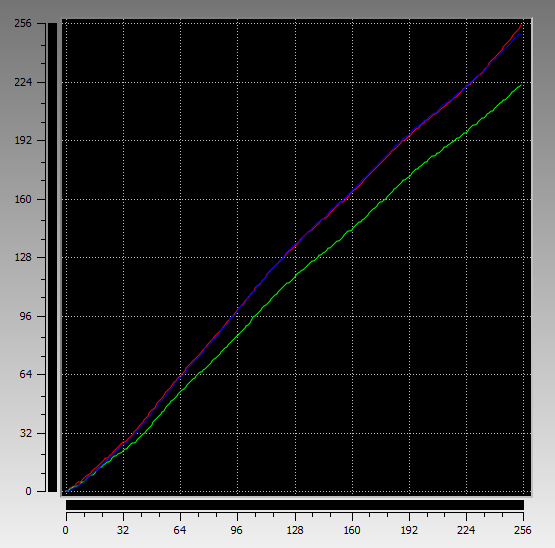
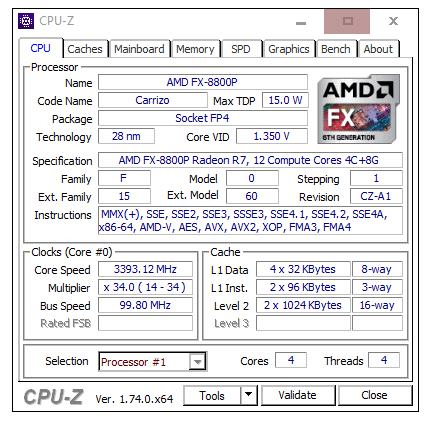
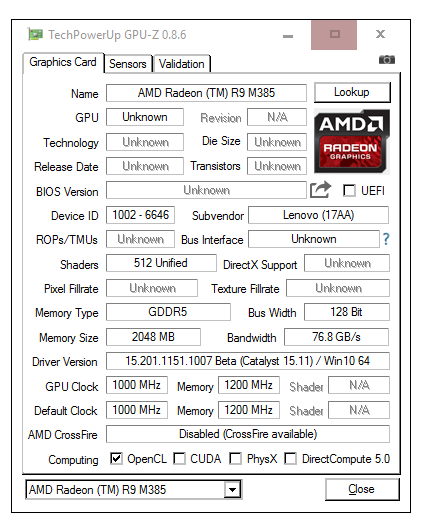








175 Comments
View All Comments
alexruiz - Friday, February 5, 2016 - link
Ian,What specific model of the Elitebook 745 G3 did you test?
You listed the QHD screen (2560 x 1440 IPS) but you also wrote that it came in at just under $700. Is this correct? The one that you received for $700 included the QHD screen?
Thanks
Anonymous Blowhard - Friday, February 5, 2016 - link
The link on the page goes to the T3L35UT#ABA, which is a 1080p screen. I'm guessing the spreadsheet and/or pricing is incorrect somehow.Ian Cutress - Friday, February 5, 2016 - link
I remember being told it was 700, though I may have misheard and perhaps they were speaking GBP. But AB is right, the larger screen is 1080p and more expensive.The HP website is surprising though - the UX on the website is crazy to find a product that isn't the latest and greatest. It is very difficult to find anything and you seem to pay a premium for speccing out a custom Elitebook. Trying to spec out the one I was given came to $1900 from a $1620 base, which clearly isn't right because the high end 'buy now' model was about $1120 with similar specifications.
http://goo.gl/5spQls
Anonymous Blowhard - Friday, February 5, 2016 - link
GBP certainly makes a lot more sense. The base USD$750 model on HP's site has an A8-8600B, 4GB of RAM, and a 500GB HDD. If you want to find a Carrizo system with an "awful user experience" there it is.Custom-building an HP business system from their site is also expensive for no reason other than "because we said so." They really want you to buy the mass-manufactured SmartBuy models, although you may have better luck with a custom unit (read: "reasonable pricing") if you buy from a 3rd-party reseller.
I would like to see some GPU benchmarks with a second stick of RAM added to the 745 G3 though. Single-channel memory gives integrated graphics the Tonya Harding treatment.
Intel999 - Sunday, February 7, 2016 - link
Another review of Carrizo in the HP 745 G3 showed a 30% improvement in gaming when the second stick of RAM was installed. It went from woefully behind Intel to just ahead of them after sufficient RAM was provided.It is remarkable that any OEM would damage their own reputation by putting out crap that is obviously intended to funnel sales to Intel.
Imagine an OEM putting out a model, let's call it HP100, and offering it with identical specs with the only difference being a Carrizo CPU vs. an I5 from Intel. Few if any, would notice a difference in performance in the real world, not talking benchmarks.
The OEM would have a $100 savings on the Carrizo version if not more. If they were to sell it for $50 less than the Intel version they would sell more and that extra $50 profit on the AMD machine would more than offset the "rebates" they are getting from Intel. So they could have a higher profit margin at a lower price point. Afterall, with all the Intel marketing you'd still have plenty of people opting for the Intel version with it's lower profit margin. Just not as many and overtime you could approach Intel and point out that you make more money off AMD machines and who knows, maybe for the first time in recent history the OEM would control how their company is run and Intel would say "I guess we can cut our price by $25" and then you would be making the same profit on both Intel and AMD machines since, of course, the OEM wouldn't pass that $25 to the customer.
They could still offer junk machines at lower price points. Fill em up with Celerons or whatever they wanted attached to HDDs, 4GB of RAM, and crap screens.
Surely, no OEM is still following the old Intel rebate plan that allowed Intel to determine the market share that the OEM is allowed to give AMD. Or, are they?
Lolimaster - Friday, February 5, 2016 - link
I hate HP store with all my might, back in the day I got better experience donwloading from japanese p2p's not knowing japanese and just using a simple guide.keeepcool - Friday, February 5, 2016 - link
Please, just dont let Toshiba make laptops, just DON'T.Sorry for the word, but Toshiba is a shit brand that deserves to die. All their laptops have cooling solutions that are badly designed from the start, and the they cut all the corners and go for paper thin 4mm heatpipes on top of deformed and pitted 1.5mm cooper plates that make poor contact with the dies, the fans are thin, the thermal paste is worse than toothpaste, just stop allowing them to disgrace AMD name.
HP is also guilty of this, after the disgrace that where the dv6 models almost no one in Portugal and a lot other countries ever want a laptop with AMD cpu or gpu, because DV6's are just know for being litteral toasters that crash and burned, yes part of that was due to lack of maintenance, but still, it left a very sour taste regard AMD/ATI equiped laptops.
Today only people with low monetary margins will go for an AMD laptop, because they are the cheapest ones, and even then HP and Toshibas just manage to make toasters out of 7 and 15Watts TDP, its like they actually spend time engineering them to became so hot with so little TDP's...
tipoo - Friday, February 5, 2016 - link
50.27 Wh, 3 cell Li-Po design, rated to 10.25 hours. Out of a 3.3GHz AMD APU.You know, HP, somehow, I don't believe you.
bluevaping - Friday, February 5, 2016 - link
Nice article. And I get the point of the article about OEM's and AMD. I mostly agree with Shadowmaster 625. But it would have been nice to see a dual channel memory test. The Elitebook supports it. Slap in the extra ram and test it. And try dual channel 1866 Ram too.tipoo - Friday, February 5, 2016 - link
Shame the Lenovo doesn't support dual graphics - any reason why, or will this be updated in drivers? Especially as the integrated one has the same number of SPs as the dedicated, it could add a lot to the power equation.